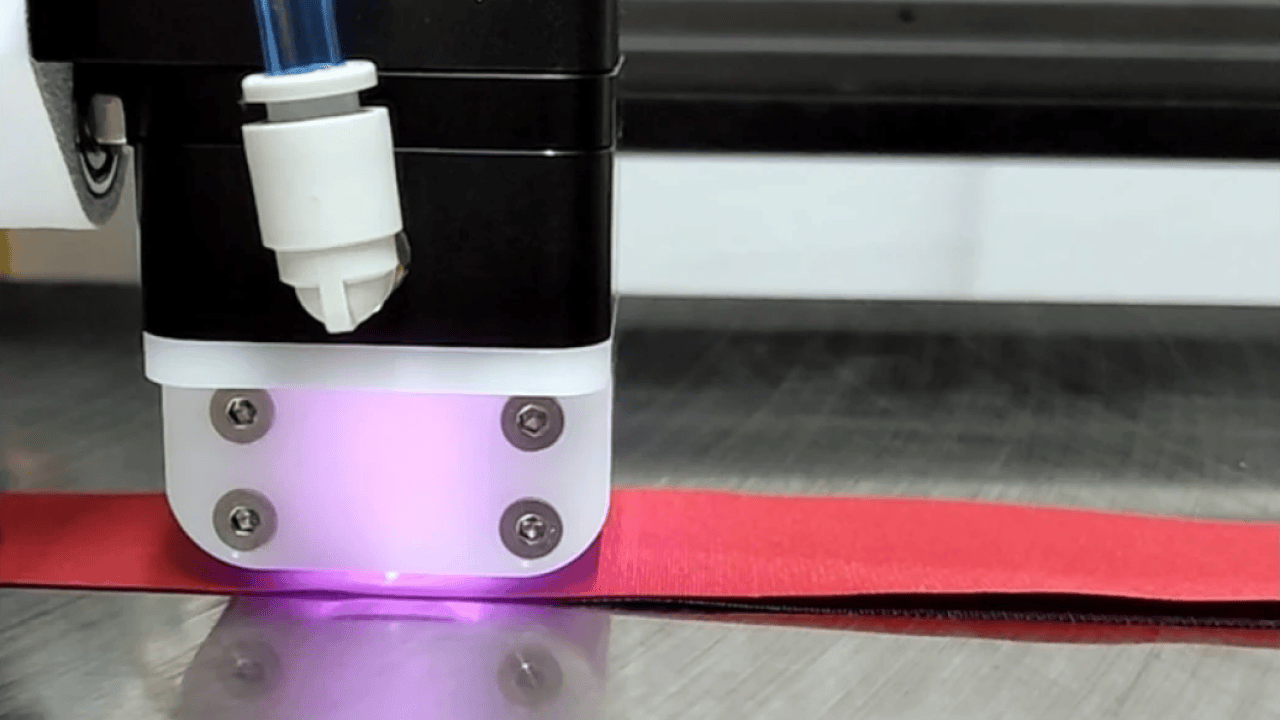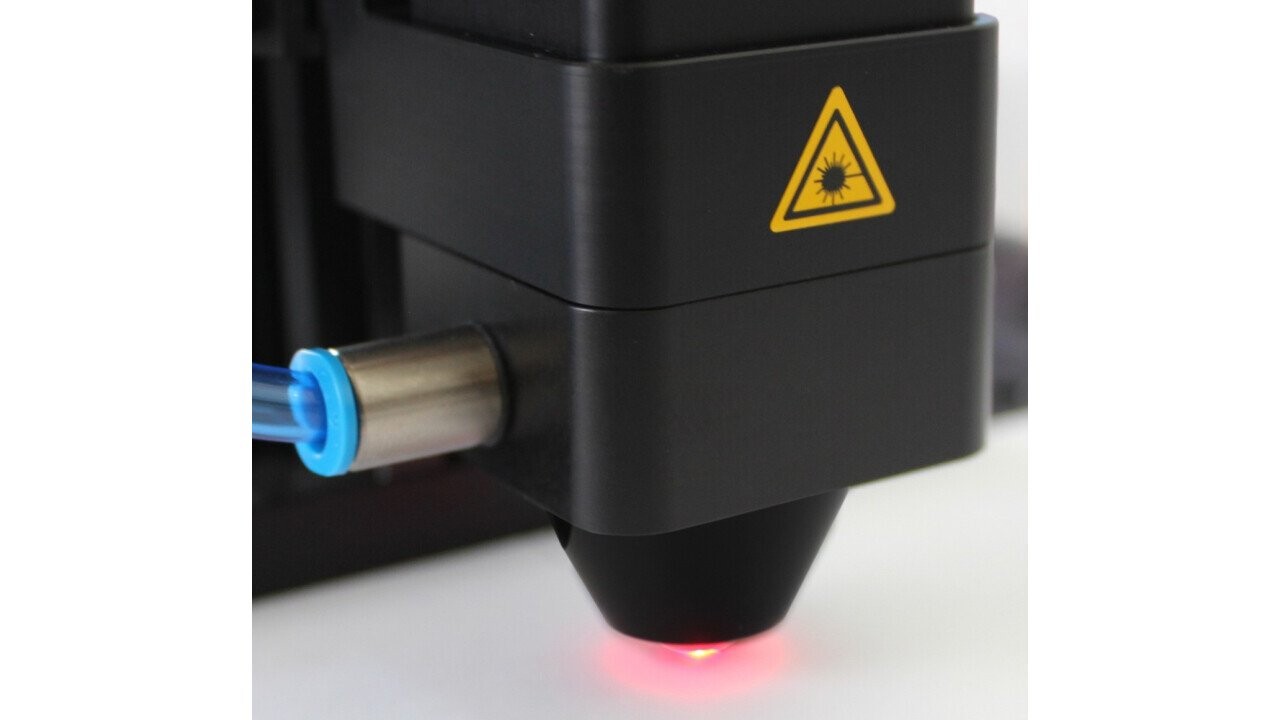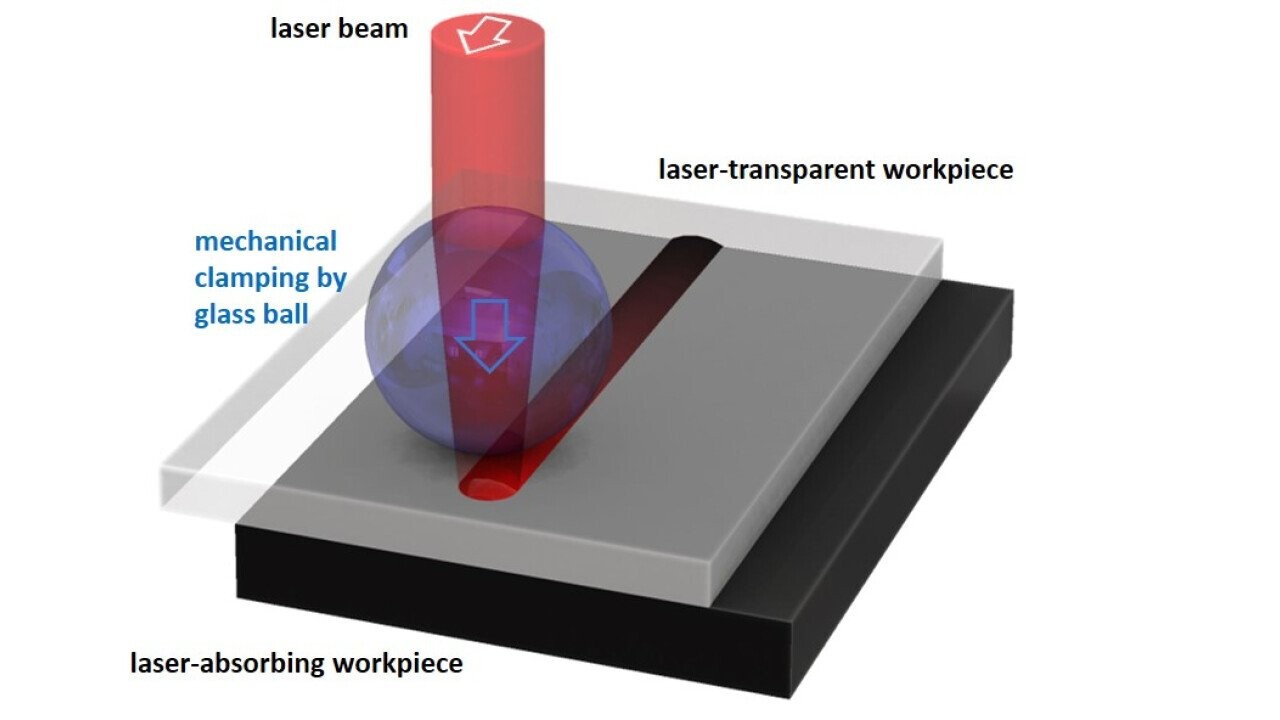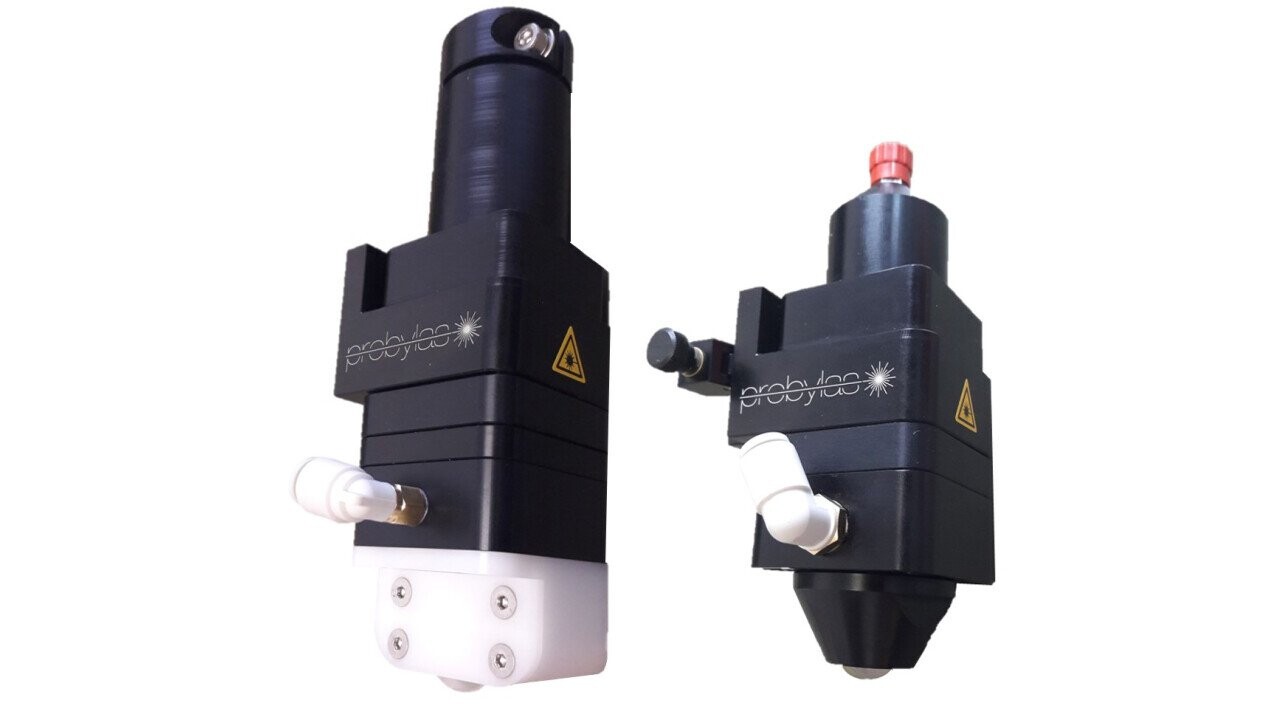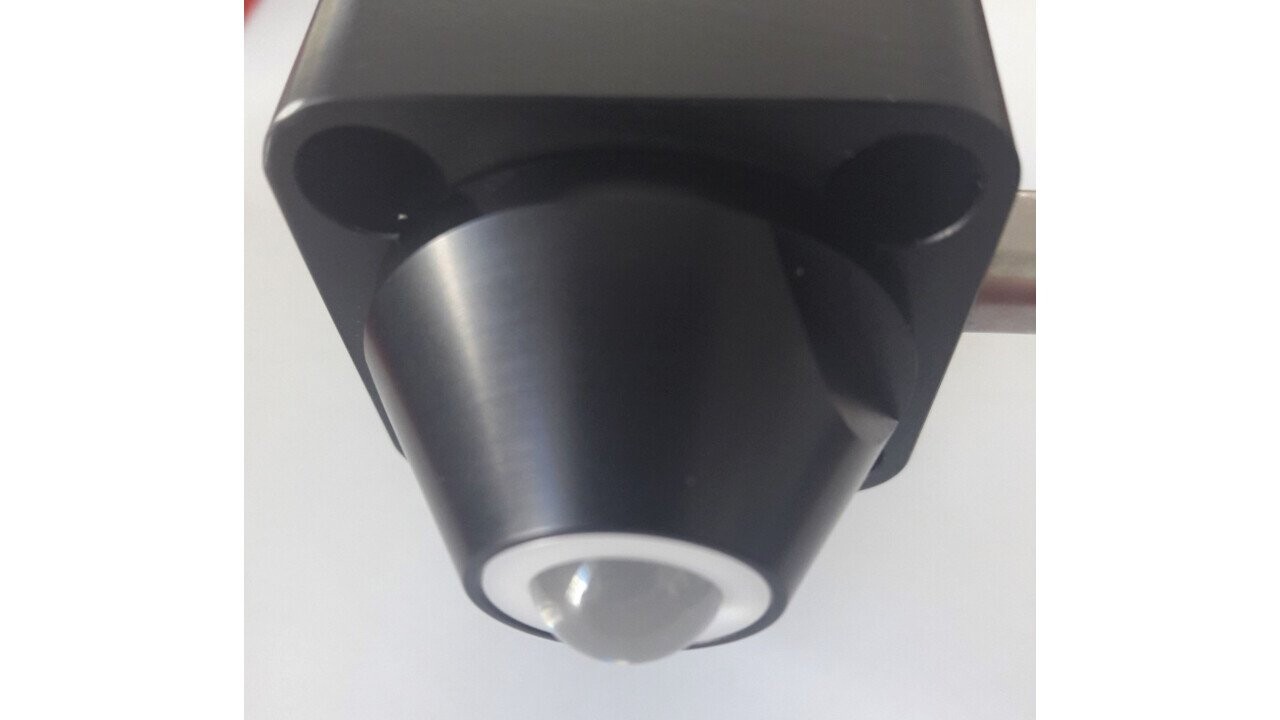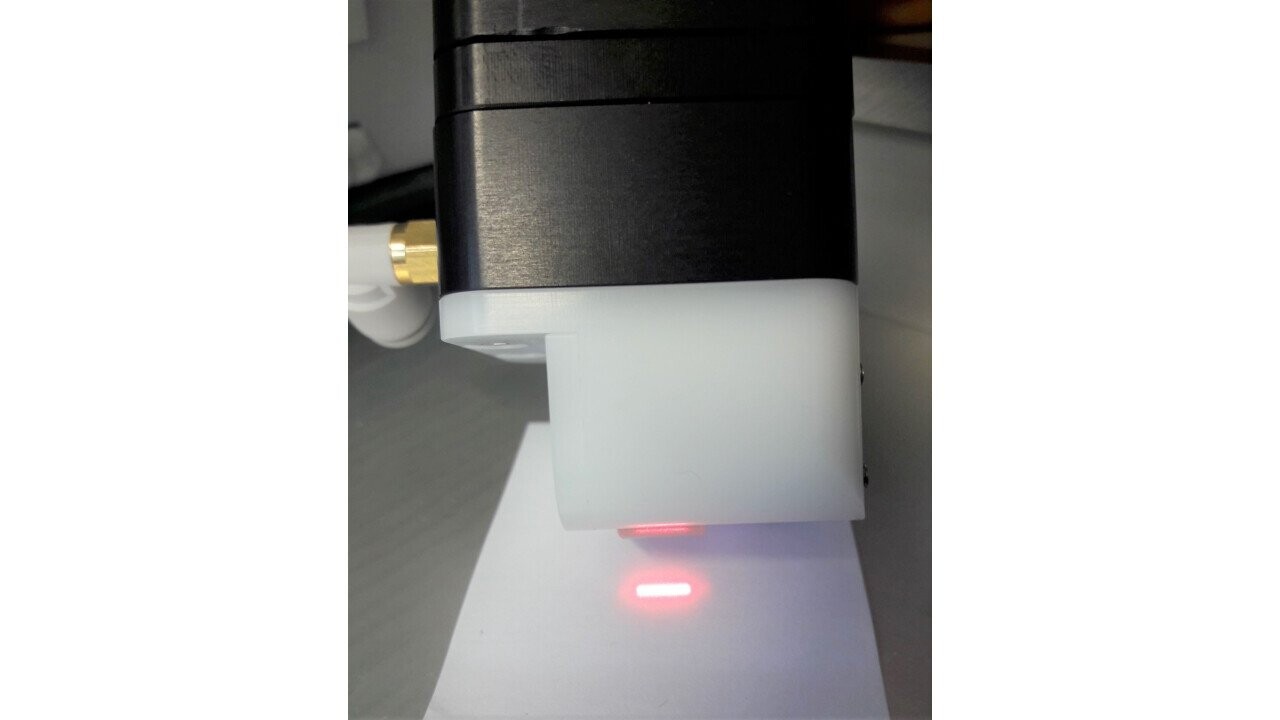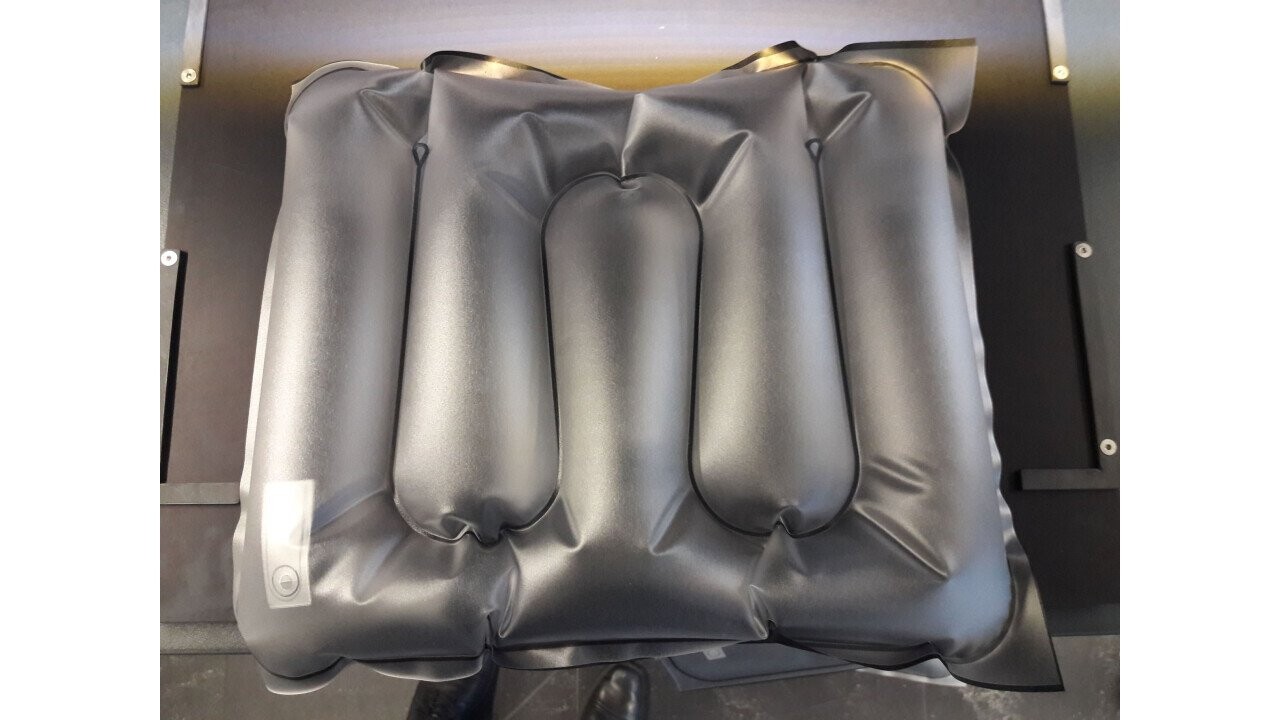Pro-ball and Pro-wheel optics - flexible welding of films for smaller batch sizes by laser without clamping unit
With ball and wheel optics, flexible plastic parts can be welded without a clamping unit. The ball or roller focuses the laser on the plastic parts and also presses them together. The technique is used for flexible materials such as films, membranes, or technical textiles.
In medical applications, many plastic foils are used, which have to be joined together. For very large quantities, heat impulse or radio-frequency welding is the commonly applied technique. However, since a tool has to be made for these techniques, they are difficult to employ for smaller batch sizes or even individual layouts.
Laser welding with ball or roller optics offers an alternative as only the contour for the axis system has to be reprogrammed and not a complete new tool.
For laser welding of plastics, in addition to the energy required to melt the thermoplastics, the parts must also be clamped together. In most cases, clamping is accomplished by an external clamping unit. With larger parts, this can be very complicated and tolerances are difficult to maintain. One solution is not to clamp the entire workpieces together at all time, but only locally by the ball or wheel optics where welding is taking place.
In the pro-ball optics, a glass ball can rotate freely in an air bearing. If the optics moves over the workpieces, the ball can roll freely and at the same time focus the laser beam to a point and also clamp the parts by the air pressure in the ball bearing. Welding contours with any geometry can be traced in a plane or even three-dimensionally when mounted on a robot.
With the special air bearing from ProByLas, the ball can be selected smaller: standard diameter 12 mm, but customer-specific even down to 3 mm.
The pro-wheel optics works analog to the pro-ball optics - simply with a glass cylinder instead of a glass sphere. The laser beam is shaped to a short line, so that wider welds of 4-8 mm are possible. In return, the mobility of the roller optics is reduced to one direction or curves with a large radius compared to the more flexible ball optics.
